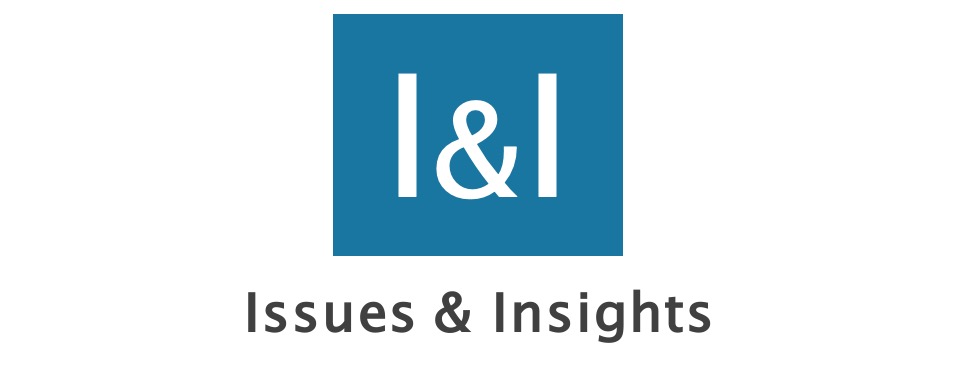Now that consumer price inflation is at 7.5%, the highest since 1982, the Federal Reserve appears to be moving toward throwing monetary policy into reverse. After the pedal to the metal monetary policy followed since March 2020, the Fed is not only going to slam on the brakes by raising interest rates, but appears ready to shift monetary policy into reverse.
Moving to quantitative tightening, or QT, is equivalent to shifting monetary policy into reverse after going full speed ahead since March 2020. It is hard to think of a more erratic monetary policy. It illustrates just how flawed monetary policy was in 2021.
What happened and why?
Chairman Jerome Powell received many accolades for his handling of monetary policy during the federal government’s shutdown of the U.S. economy in March 2020. Perhaps that is why his dismal performance in 2021 was discounted and his silly comments about inflation being transient in 2021 were not rejected outright.
The personal consumption expenditures deflator, or PCE, the Fed’s preferred inflation measure, was already at 4% year-over-year in May 2021 while the CPI was up at nearly a 5% pace. The S&P/Case-Shiller National Home Price Index barreled ahead at a 16.9% rate of increase.
Was Powell concerned? No, inflation is transient, not to worry. Inflation measures moved up more in June and July. On July 14 Chair Powell gave his Semi-annual Monetary Policy Report to Congress in which he acknowledged that inflation was elevated but would moderate.
“ … (T)he Federal Open Market Committee’s (FOMC) monetary policy framework seeks longer-term inflation expectations that are well anchored at 2%, the Committee’s longer-run inflation objective.”
Quantitative easing, or QE, was running full speed at that time. That entailed buying up Treasuries and mortgage-backed securities (MBS) at a combined rate of $120 billion each month. The Federal Reserve needed to have started tapering in May 2021, at the latest, in response to the general rise in the price level and rapidly increasing housing prices.
Earlier in 2021 Powell said: “I’m not even thinking about shrinking the Fed’s balance sheet” and “I’m not even thinking about raising interest rates.” In the Q&A portion of his February 10, 2021 speech to the Economic Club of New York he managed to work in both phrases a couple times. Powell was staying the course.
The why is clear. Powell and other Fed leaders had already signed onto a progressive agenda for monetary policy. The Fed changed its approach from a 2% inflation target to a flexible average inflation target to make up for inflation running under 2% and to allow the economy to reach maximum employment before hiking the funds rate. “Full employment” was out and instead a progressive approach of “maximum employment” was in.
That new framework has been a disaster. Changes in monetary policy impact all segments of the economy and have resulted in 7.5% CPI inflation, which hurts most American households.
The prior monetary approach of targeting 2% inflation worked. In 2018 CPI inflation was 2.4%, while PCE inflation (the Fed’s inflation measure) was 2.1% and the unemployment rate was 3.9%. The Fed had achieved full employment and stable prices under that system and low-income workers enjoyed full employment and price stability.
But that was not progressive enough for Fed leaders.
Fed officials needed a system in place that could let them say explicitly that their monetary policy was targeting the needs of low-income workers to be in sync with the Biden Team. In a May 3, 2021 speech, Chair Powell discussed the inequities and pains for low-income workers and thus the need to focus on maximum employment.
The result: high inflation, with most American households now facing decreasing real wages. QE was a positive for equities in 2021. Now, in 2022, QT will be a negative for equities.
Federal Reserve leaders will never admit they made a mistake by abandoning the prior system of a 2% inflation target and full employment. Instead, they may say a target of 2% inflation is too low and a higher target rate of inflation is needed to keep the maximum employment concept.
Mike Cosgrove, principal at Econoclast, a Dallas-based capital markets firm, is a professor at the University of Dallas.







 Using these vague “policy violations,” Google is now threatening to demonetize us. It’s part of Big Tech’s effort to silence conservative voices.
Using these vague “policy violations,” Google is now threatening to demonetize us. It’s part of Big Tech’s effort to silence conservative voices.